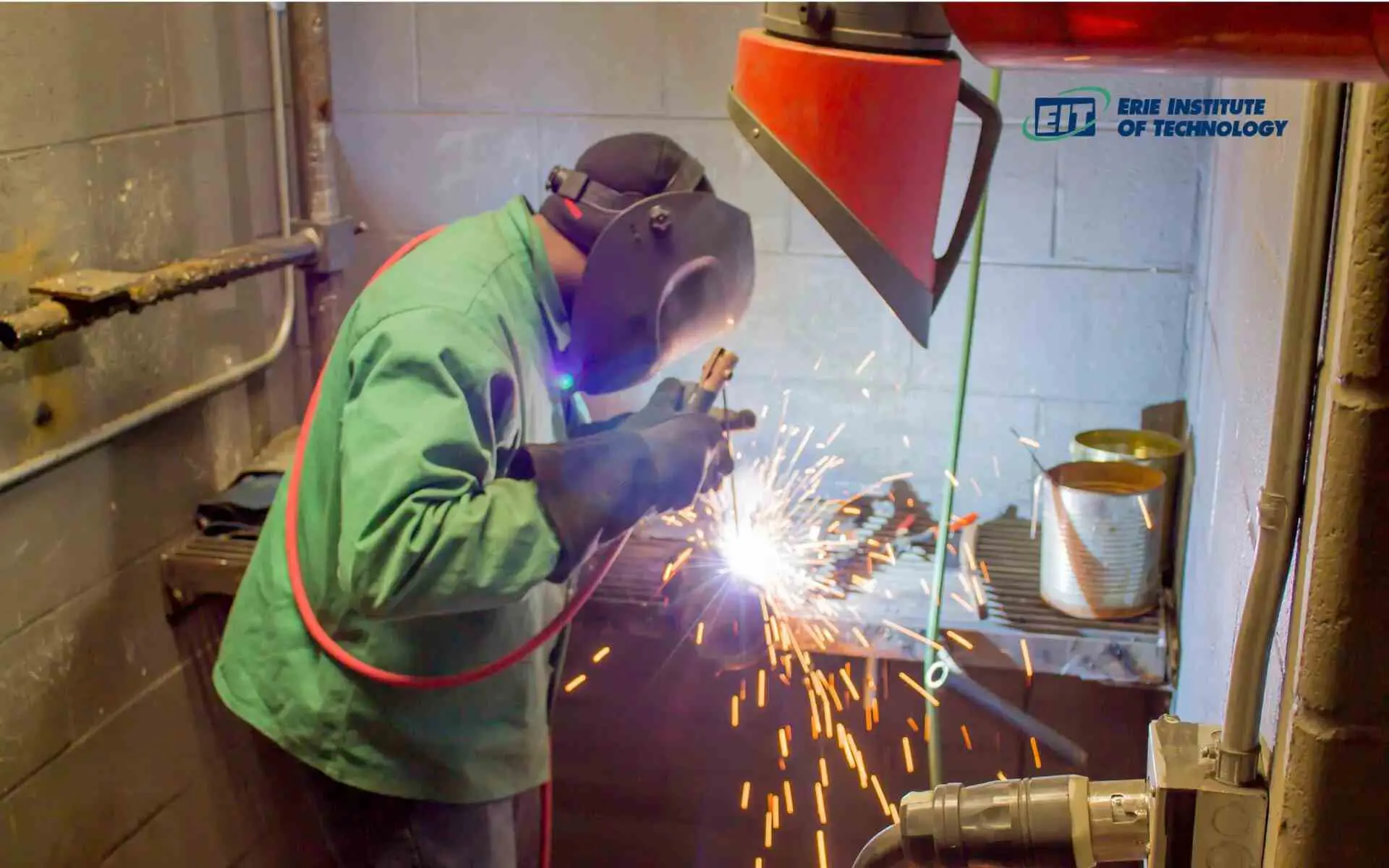Enhancing Your Welding WPS: Techniques for Improved Efficiency and Efficiency
Enhancing Your Welding WPS: Techniques for Improved Efficiency and Efficiency
Blog Article
The Ultimate Guide to Welding WPS Procedures: A Thorough Overview for Welders
In the detailed world of welding, Welding Treatment Specifications (WPS) work as the backbone of making sure top quality, uniformity, and safety and security in welding procedures. Understanding the nuances of developing, implementing, and checking WPS treatments is crucial for welders wanting to boost their craft and satisfy industry standards. As we dive right into the various components of a WPS and discover the ins and outs of certification and accreditation, we will uncover the essential function these treatments play in the world of welding. Let's get started on a trip to untangle the intricacies and value of WPS treatments in welding techniques.
Significance of WPS Procedures
Comprehending the relevance of Welding Treatment Specs (WPS) procedures is vital for making sure the quality and honesty of bonded frameworks. WPS procedures act as a roadmap for welders, outlining the needed actions, criteria, and materials needed to attain a sound weld. By adhering to WPS standards, welders can make sure uniformity in their job, resulting in trustworthy and structurally audio welds.
One of the key reasons why WPS procedures are important is their role in keeping weld quality and honesty. Adhering to the specified welding parameters and strategies described in the WPS helps avoid defects such as porosity, splitting, or incomplete combination, which can endanger the toughness and resilience of the weld.

Components of a WPS
A Welding Treatment Spec (WPS) normally comprises essential parts that information the specific requirements for performing a weld, guaranteeing consistency and high quality in the welding procedure. The vital components of a WPS include vital variables such as base steels, filler steels, preheat and interpass temperature levels, welding processes, shielding gases, welding settings, and post-weld warm treatment requirements.
Base steels refer to the materials being signed up with, while filler steels are utilized to load the void between the base steels during welding. The welding procedure details the details strategy to be utilized, whether it's gas metal arc welding (GMAW), shielded metal arc welding (SMAW), or one more technique. Welding settings specify the alignments in which welding can be carried out.

Qualification and Accreditation
Having actually developed the crucial elements of a Welding Treatment Specification (WPS), the emphasis currently shifts in the direction of the essential facets of qualification and certification in welding methods.

Qualification, on the other hand, is the official recognition of a welder's credentials by an appropriate qualification body or organization. Welding qualifications are commonly based upon the certain welding processes, products, and click for more info placements a welder is certified to collaborate with. Holding a legitimate welding certification shows that a welder satisfies sector criteria and is skilled to carry out welding jobs to the called for specs.
Developing a WPS
To establish a Welding Treatment Spec (WPS) that satisfies sector criteria, mindful consideration of welding procedures, products, and functional specifications is crucial (welding WPS). The initial action in producing a WPS is to recognize the welding procedure to be used, such as gas metal arc welding (GMAW) or protected steel arc welding (SMAW) When the welding procedure is determined, the next vital element is selecting the suitable products, taking into consideration variables like base steel type, thickness, and joint layout. Operational parameters such as welding existing, voltage, traveling rate, and shielding gas make-up should likewise be diligently defined in the WPS.

Applying and Keeping An Eye On WPS
Upon completing the thorough Welding Procedure Spec (WPS) that meticulously information welding procedures, materials, functional specifications, and high quality guarantee actions, the emphasis shifts to efficiently applying and checking the established treatments. visit here Implementation includes making certain that all welders entailed in the job recognize with the WPS and follow it thoroughly throughout the welding procedure. This calls for providing adequate training and supervision to ensure adherence to the specified procedures. Monitoring the WPS involves constant oversight to validate that welding activities align with the documented requirements. Inspections, testing, and quality control measures are essential parts of the tracking procedure to identify any variances or problems without delay. Regular audits and testimonials of the welding procedures assist in maintaining consistency and high quality throughout the task. helpful site Efficient implementation and monitoring of the WPS are critical for making sure the stability, strength, and safety and security of the bonded joints, eventually adding to the general success of the welding task.
Verdict
Finally, understanding and adhering to Welding Procedure Requirements (WPS) is crucial for welders to make certain high quality, uniformity, and security in their work. By knowing the parts of a WPS, getting appropriate qualifications and qualifications, developing thorough treatments, and carrying out and monitoring them successfully, welders can enhance their abilities and proficiency in welding methods. Abiding by WPS procedures is important for creating top notch welds and meeting market standards.
In the elaborate globe of welding, Welding Treatment Specifications (WPS) offer as the foundation of guaranteeing top quality, consistency, and security in welding operations. The welding procedure describes the specific method to be utilized, whether it's gas metal arc welding (GMAW), protected metal arc welding (SMAW), or an additional approach.To develop a Welding Treatment Specification (WPS) that meets industry criteria, mindful consideration of welding processes, products, and functional specifications is vital. The very first action in producing a WPS is to recognize the welding process to be utilized, such as gas steel arc welding (GMAW) or secured steel arc welding (SMAW)Upon settling the comprehensive Welding Treatment Specification (WPS) that carefully information welding processes, products, operational parameters, and high quality guarantee procedures, the emphasis changes to effectively implementing and checking the well established treatments.
Report this page